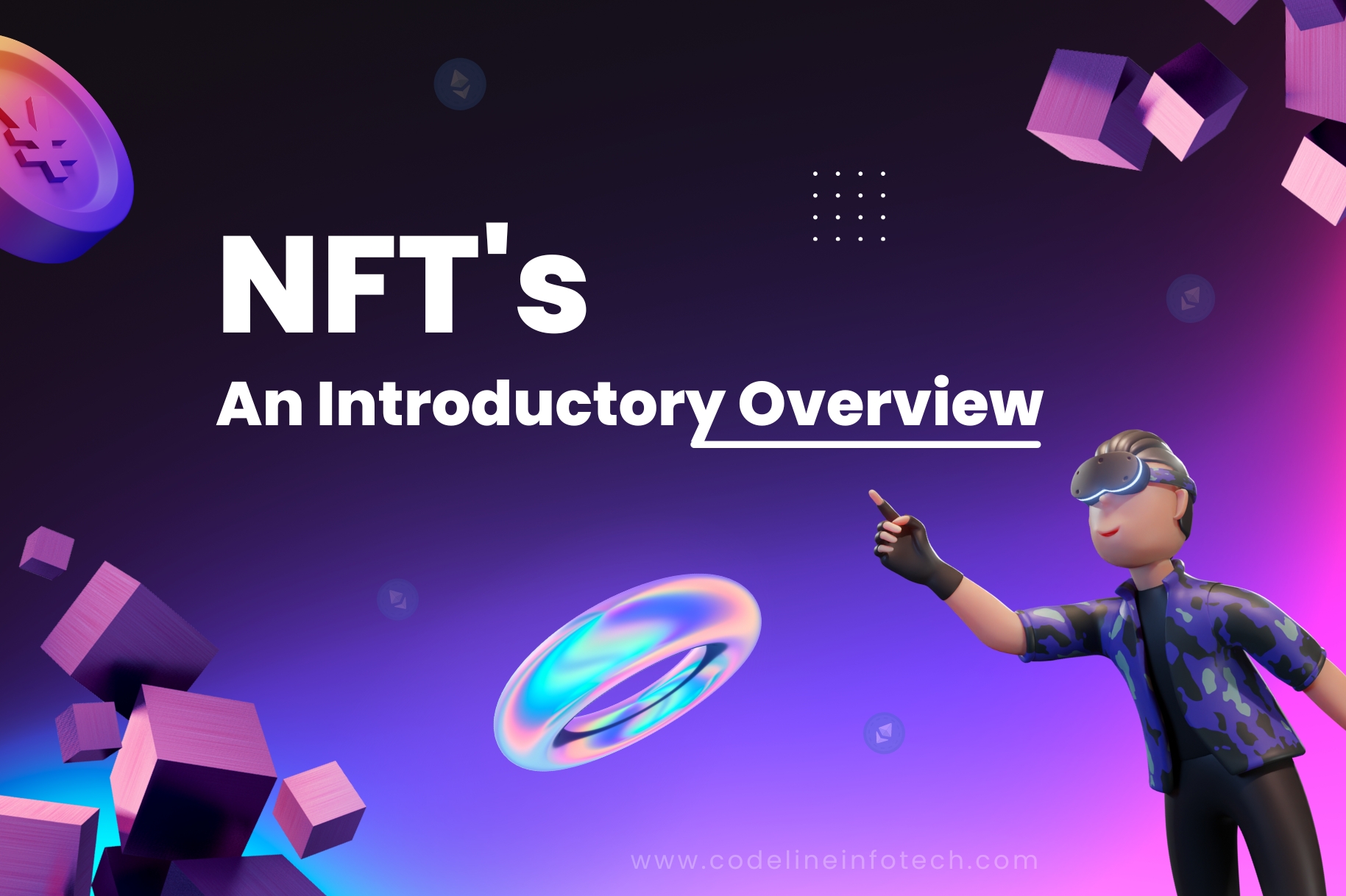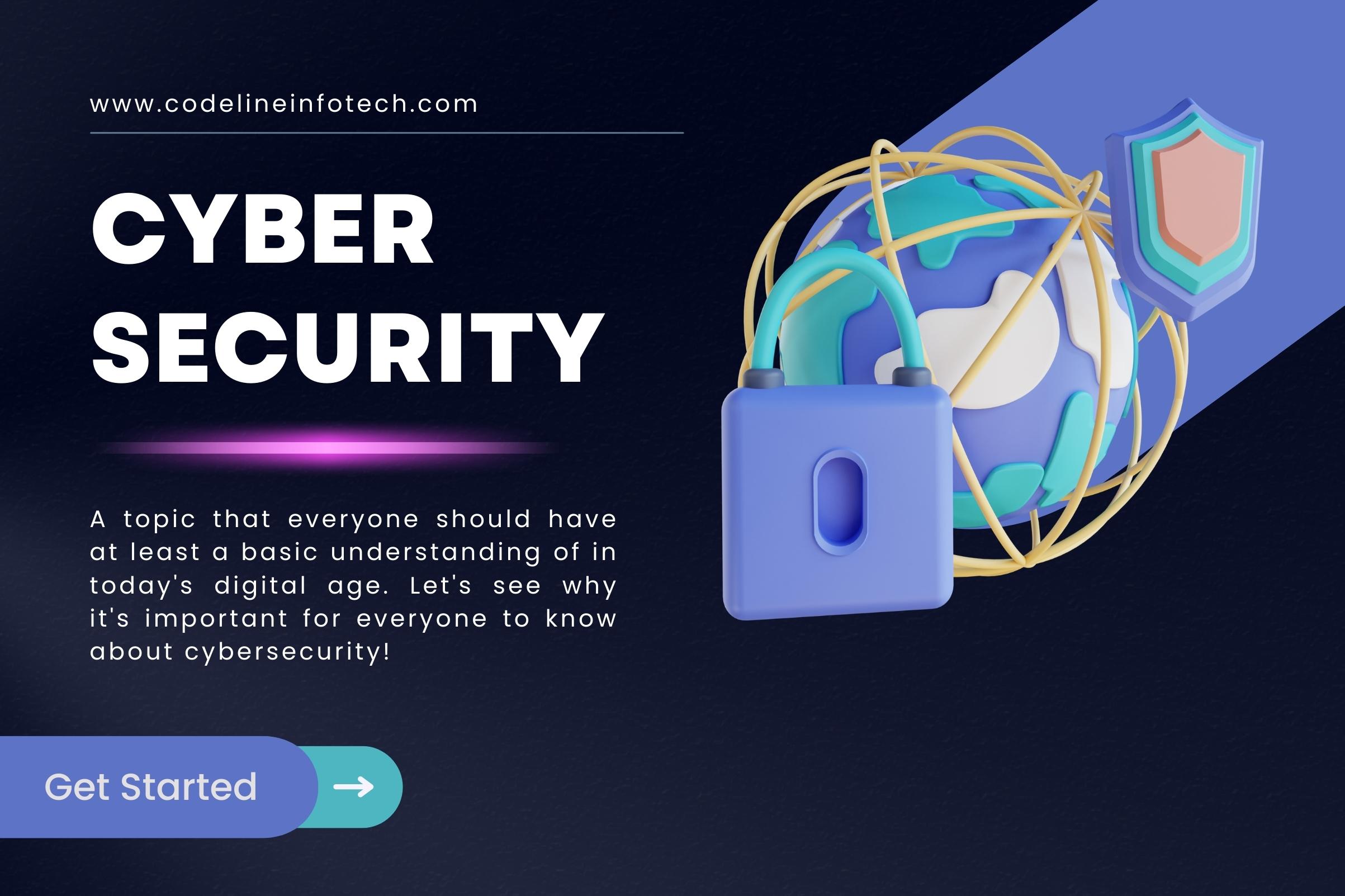BlogRead Our Latest Project

NFT's Introductory Overview
An Overview of NFTs
NFTs are currently taking the digital art and collectables world by storm. Just as everyone worldwide believed Bitcoin was the digital answer to currency, NFTs are now pitched as the digital answer to collectibles. Asa result, digital artists are seeing their lives changing thanks to the massive sales to a new crypto audience. If you are interested in NFTs and want to explore more about what they are, you have come to the right place. Let’s dive in and see what all the fuss is about!
What is NFT?
An NFT (non-fungible token) is a unique digital item stored on a blockchain. NFTs can represent almost anything, and serve as a digital record of ownership.
NFTs can represent a wide range of digital assets, such as artwork, music, videos, tweets, virtual real estate, and even memes. They are authenticated and verified through blockchain technology, which means that their ownership and provenance can be easily tracked and verified.
NFTs can represent a wide range of digital assets, such as artwork, music, videos, tweets, virtual real estate, and even memes. They are authenticated and verified through blockchain technology, which means that their ownership and provenance can be easily tracked and verified.
Fungible vs. non-fungible
Before we dive into NFTs, it’s important to understand the “non-fungible” part of “non-fungible token.” When an item is fungible, it means it’s interchangeable with another of
the same item. A classic example is a $1 dollar bill: you could swap dollars with someone and you’d both still have $1.
Non-fungible, on the other hand, means the item is totally unique, and therefore has its own unique value. For example, two cars of the same make and model might have different values based on how many miles are on the odometer, their accident records, or if it was previously owned by a celebrity.
the same item. A classic example is a $1 dollar bill: you could swap dollars with someone and you’d both still have $1.
Non-fungible, on the other hand, means the item is totally unique, and therefore has its own unique value. For example, two cars of the same make and model might have different values based on how many miles are on the odometer, their accident records, or if it was previously owned by a celebrity.
Key Features of NFT
- Digital Asset - NFT is a digital asset that represents Internet collectibles like art, music, and games with an authentic certificate created by blockchain technology that underlies Cryptocurrency.
- Unique - It cannot be forged or otherwise manipulated.
- Exchange - NFT exchanges take place with cryptocurrencies such as Bitcoin on specialist sites.
How do NFTs work?
NFTs, or Non-Fungible Tokens, are digital assets that use blockchain technology to verify their uniqueness and ownership. Here's a simplified explanation of how they work:
- Creation: An artist or creator produces a digital file, such as an artwork, video, or music. They then "mint" the NFT by uploading it onto a blockchain network, usually the Ethereum network.
- Verification: Once uploaded, the NFT is verified and validated by the network's decentralized system, which confirms its uniqueness and authenticity. This process ensures that the NFT cannot be duplicated or altered in any way.
- Ownership: The creator then assigns ownership of the NFT to a buyer or collector, who purchases it using cryptocurrency such as Ethereum. The transaction is recorded on the blockchain and becomes part of a permanent, public ledger that anyone can access and verify.
- Resale: The owner of an NFT can choose to hold onto it or resell it on various NFT marketplaces, such as OpenSea, SuperRare, or Nifty Gateway. The value of an NFT is often determined by factors like rarity, artist reputation, and demand from buyers.
Overall, NFTs provide a new way for creators and artists to monetize their digital creations, and for collectors to own and invest in unique digital assets.
Why Are NFTs Becoming Popular?
NFTs have actually been around since 2015, but they are now experiencing a boost in popularity thanks to several factors. First, and perhaps most obviously, is the normalization and excitement of cryptocurrencies and the underlying blockchain frameworks. Beyond the technology itself is the combination of fandom, the economics of royalties, and the laws of scarcity. Consumers all want to get in on the opportunity to own unique digital content and potentially hold them as a type of investment.
When someone buys a non-fungible token, they gain ownership of the content, but it can still make its way over the Internet. In this way, an NFT can gain popularity — the more it’s seen online, the more value it develops. When the asset is sold, the original creator gets a 10 percent cut, with the platform getting a small percentage and the current owner getting the rest of that revenue. Thus, there is potential for ongoing revenue from popular digital assets as they are bought and sold over time.
Why Are NFTs Becoming Popular?
NFTs have actually been around since 2015, but they are now experiencing a boost in popularity thanks to several factors. First, and perhaps most obviously, is the normalization and excitement of cryptocurrencies and the underlying blockchain frameworks. Beyond the technology itself is the combination of fandom, the economics of royalties, and the laws of scarcity. Consumers all want to get in on the opportunity to own unique digital content and potentially hold them as a type of investment.
When someone buys a non-fungible token, they gain ownership of the content, but it can still make its way over the Internet. In this way, an NFT can gain popularity — the more it’s seen online, the more value it develops. When the asset is sold, the original creator gets a 10 percent cut, with the platform getting a small percentage and the current owner getting the rest of that revenue. Thus, there is potential for ongoing revenue from popular digital assets as they are bought and sold over time.
What are NFTs used for?
- Digital Art: NFTs are often used to sell digital artworks, such as paintings, animations, or photographs. They allow artists to monetize their digital creations by assigning them a unique value and allowing collectors to own a one-of-a-kind piece of art.
- Gaming: NFTs can also be used in gaming, where they allow players to own and trade unique in-game items, such as weapons, skins, or avatars.This creates a new market for gamers to buy, sell, and trade virtual assets, and provides game developers with a new revenue stream.
- Music: NFTs can be used to sell digital music, such as albums, songs, or concert tickets. This allows musicians to create exclusive, limited edition releases that fans can own and collect, and provides a new way for musicians to monetize their music.
- Real Estate: NFTs can be used to represent ownership of virtual real estate, such as virtual land in online games or virtual reality environments. This creates a new market for buying and selling virtual property, and provides a new way for developers to monetize their virtual worlds.
Benefits of NFT
- Unique Value: NFTs provide a way to assign unique value to digital assets that were previously difficult to monetize, such as digital art, music, or collectibles. By creating a one-of-a-kind digital asset, creators can sell it for a premium price, and collectors can own a unique and valuable item.
- Proof of Ownership: NFTs are recorded on a public blockchain, which provides a permanent and verifiable record of ownership. This makes it easy for collectors to prove that they own a unique digital asset, and for creators to verify the authenticity of their work.
- Revenue Stream: NFTs provide a new revenue stream for creators and developers, who can sell their digital assets directly to collectors without the need for intermediaries like galleries, record labels, or auction houses. This allows creators to earn more money for their work, and provides developers with a new way to monetize virtual worlds and games.
- Community Building: NFTs can help creators and developers build a community of collectors and fans around their work. By creating limited edition NFTs or holding auctions, creators can generate buzz and excitement around their digital creations, and collectors can connect with other like-minded enthusiasts.







